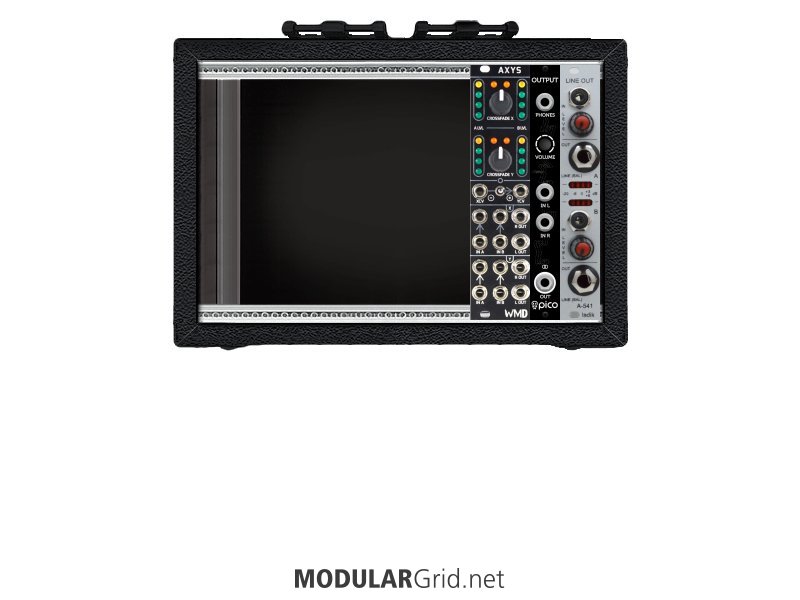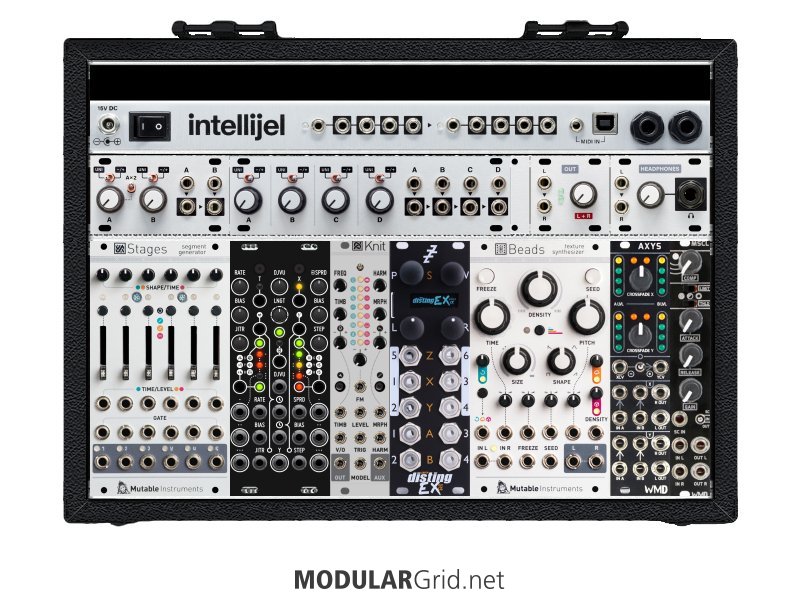No, I think Jim means "64 hp" is too small. And I concur.
Also, those "very large" mixer modules are NOT simply mixers. Unlike DJ mixers, modular mixers can contain loads of other SUBmodules. Have a look here: https://www.modulargrid.net/e/toppobrillo-stereomix-2-silver-panel
That there is, in my opinion the best balance of control, capacity, and amenities in a Eurorack performance mixer. At 24 hp, it's actually pretty small for what's inside it...which consists of:
4 input VCAs
4 autopanners
4 AUX send VCAs
Mutes/solos
Cue (this is the thing you're looking for, right?) bus
Separate cue mix output
Mono AUX send bus
Stereo AUX return
Headphone preamp (with selectable Cue monitoring)
Ganged stereo output control
Metering
...and of course, all of the manual controls. Basically, you can use this same module to control levels, your FX, stereo placement and more all thru CV. So what it ALSO does, therefore, is to replace all of the modules that you'd need to build one up in...oh, geez, I don't even know how many hp that would take in discrete modules!
Hence the point behind Jim (and I) telling you to ditch the "beauty case". Sure, they LOOK convenient...but when you fill out 64 hp with a scad of small-spaced modules, what you're REALLY going to wind up with is a small box with an eff-ton of tiny, annoying to use controls, slathered in patchcords due to the lack of space, which then complicates things even MORE because they get in the way of the tiny, annoying to use controls.
Sure, small cabs have their uses. Using them to house/power a few "mission specific" modules to augment something else is a great idea. They also seem to be very convenient for YouTube presenters to misrepresent how to build a PROPER modular system, which is one reason why they pop up on there so often. Other than that, hell, they don't even make for a decent doorstop! Seriously, circular-file this idea and look into a suitable cab instead...or if you're still also wondering why, then...
Intellijel Palette 62 (3U + tile row at 62 hp, powered) = $299
Tiptop Mantis (2 x 104 hp, powered) = $335.
So, $36 more gets you a cab that you can build a real, workable, PLAYable, and fully-outfitted system in. I know what choice I'd make...



